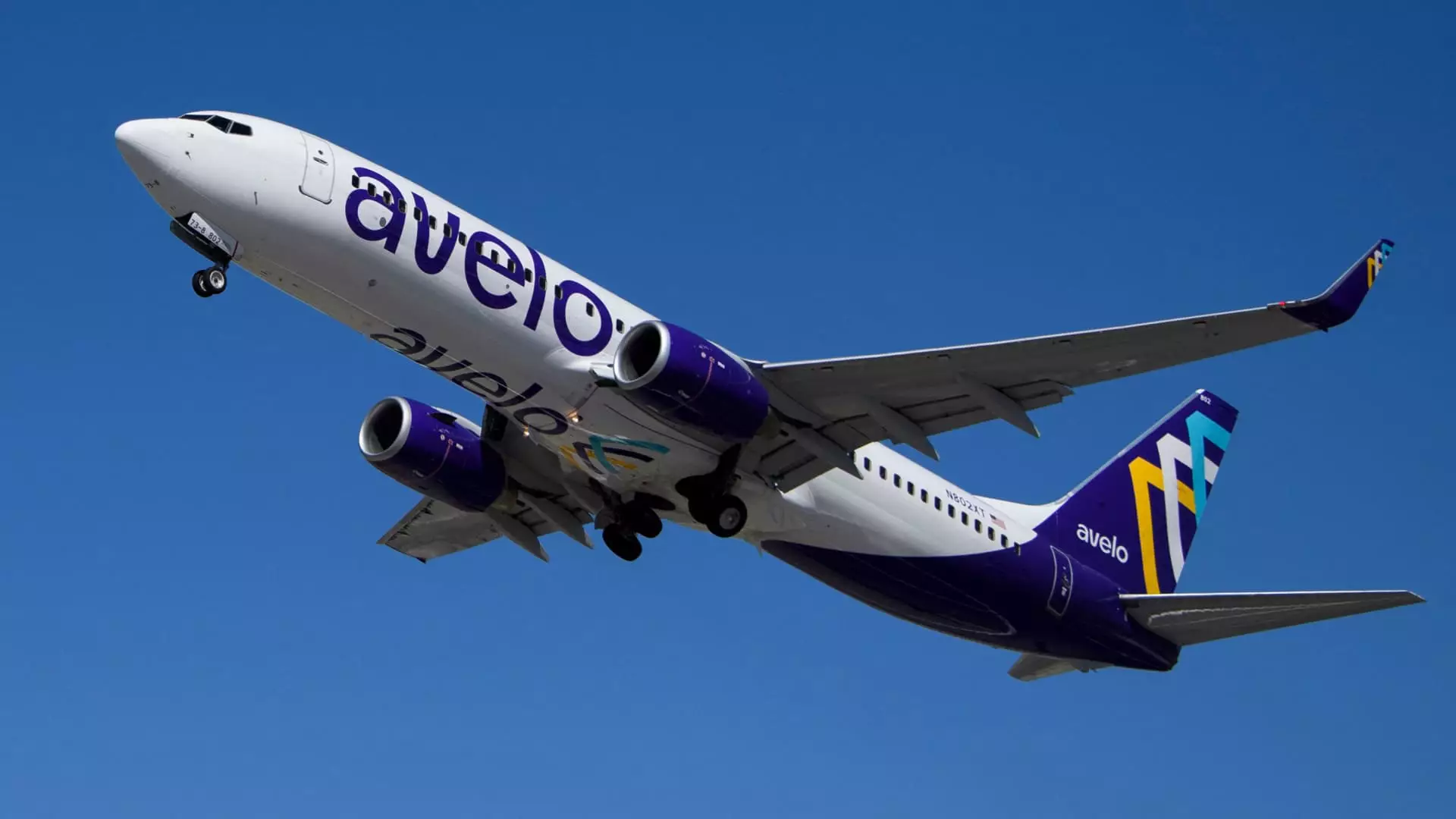In the wake of the Covid-19 pandemic that significantly disrupted the airline industry, two upstart airlines, Avelo and Breeze Airways, are making their mark and challenging the dominance of the established players. While legacy carriers like Delta, American, United, and Southwest control a large portion of the market, Avelo and Breeze have carved out a niche for themselves by focusing on linking cities with less competition from the major airlines. This strategic approach has proven successful, with both airlines experiencing rapid growth in their operations, despite launching during a time when air travel demand was still below pre-pandemic levels.
Focus on Profitability
Both Avelo and Breeze have seen promising signs of profitability in their relatively short time in the market. Avelo reported its first profitable quarter in the last three months of 2023, with its planes averaging over 80% full. Similarly, Breeze is on track to achieve its first profitable year in 2024. While these airlines are still significantly smaller than industry giants like Southwest, their financial success indicates a strong potential for growth and sustainability in the future.
Overcoming Industry Challenges
Despite their early successes, Avelo and Breeze have faced challenges that are common across the entire airline industry. Issues such as rising fuel costs, supply chain disruptions, and shortages of pilots and air traffic controllers have put pressure on these upstart carriers. However, the vision and leadership of their founders, Andrew Levy and David Neeleman, have enabled them to navigate these obstacles and continue operating effectively. The dedication of their employees has also played a crucial role in overcoming these challenges.
Expanding Reach
Both Avelo and Breeze have expanded their route networks and destinations to cater to a wide range of travelers. Avelo operates out of six bases, including Tweed-New Haven Airport and Wilmington Airport, offering flights to popular vacation destinations in the Northeast, Florida, South Carolina, California, and Puerto Rico. On the other hand, Breeze focuses on flying out of about 50 airports, including Westchester County Airport and Akron-Canton Airport, with plans to launch international service by 2025. By targeting secondary airports and underserved routes, these airlines are providing passengers with more options at competitive prices.
In an industry where cost pressures are mounting, Avelo and Breeze have embraced a low-cost carrier model that offers base fares with additional fees for amenities like checked luggage and seat assignments. Despite the challenges posed by rising labor costs and pilot shortages, both airlines are committed to maintaining competitive pricing while providing quality service to their customers. By carefully managing their expenses and focusing on operational efficiency, Avelo and Breeze are positioning themselves for long-term success in the evolving airline market.
As Avelo and Breeze continue to announce new routes and expand their operations, they are looking towards sustained profitability and potential growth opportunities. Avelo is aiming to become IPO-ready, while Breeze plans to exclusively fly Airbus A220 aircraft by the end of 2024. Both airlines are committed to serving the needs of travelers in the low-cost carrier segment and believe that there is room for multiple players in the industry. By fostering competition and innovation, Avelo and Breeze are helping to shape the future of air travel in a post-pandemic world.
Overall, the rise of upstart airlines like Avelo and Breeze signals a shift in the dynamics of the airline industry. By challenging the status quo and offering new options to travelers, these airlines are paving the way for a more competitive and diverse market landscape. As they continue to grow and adapt to changing trends, Avelo and Breeze are poised to make a lasting impact on the future of air travel.


Leave a Reply